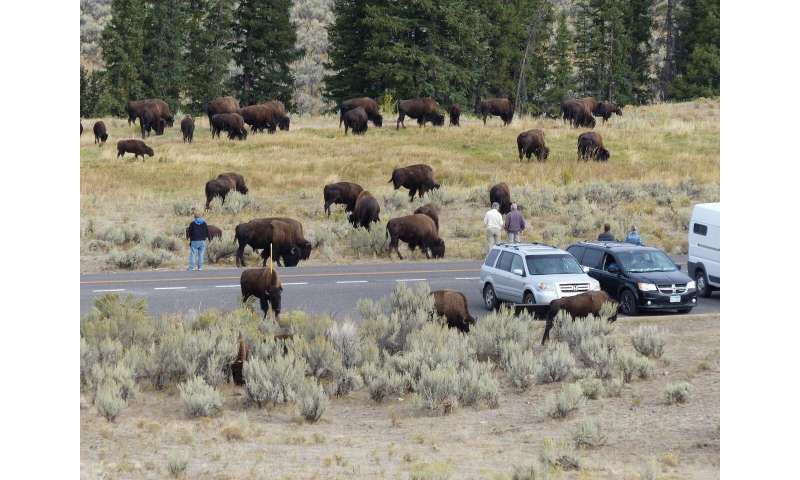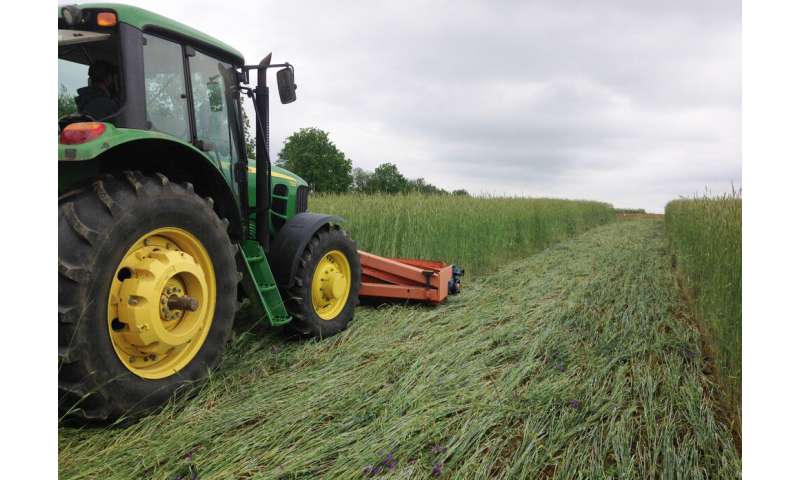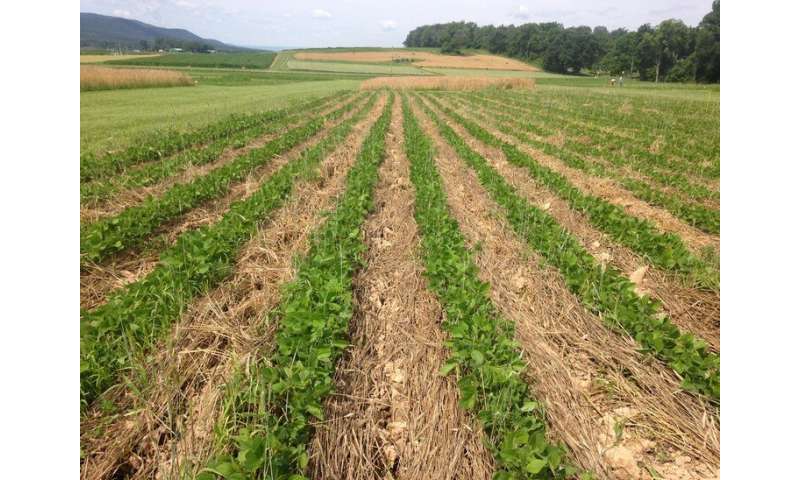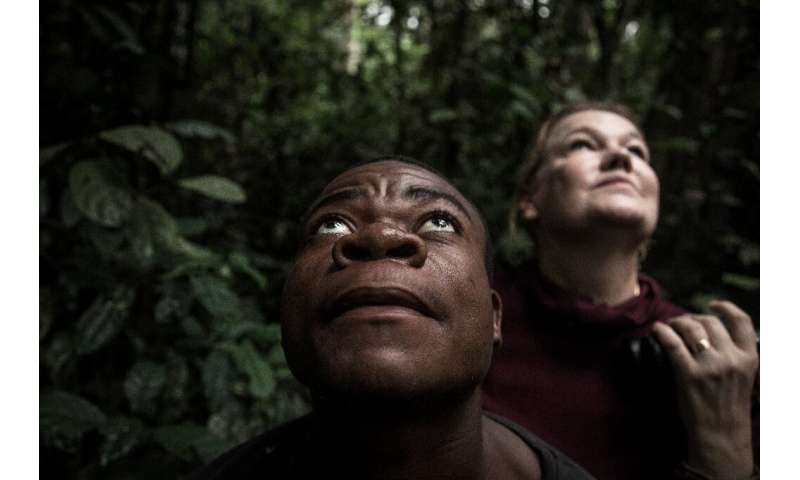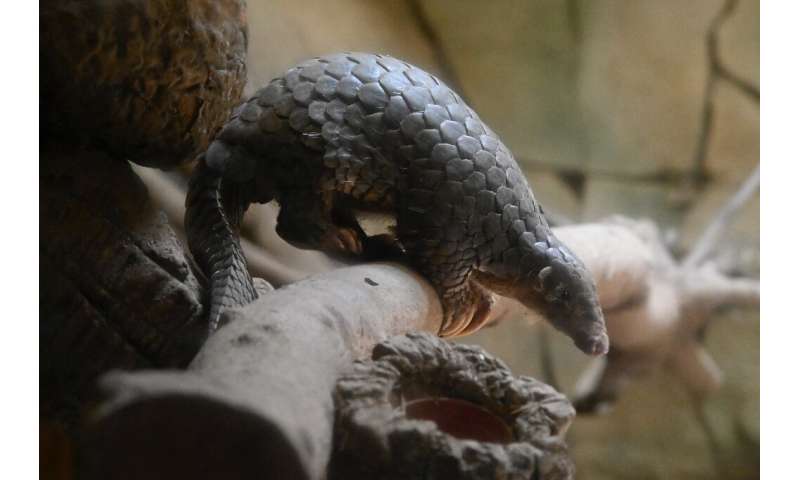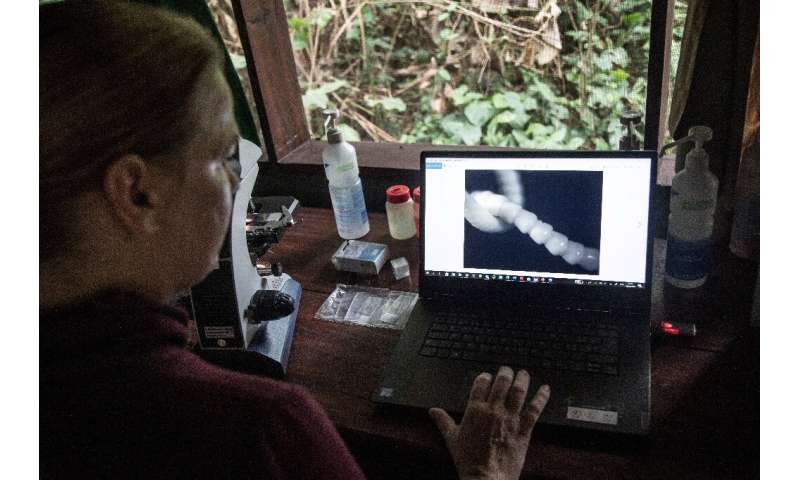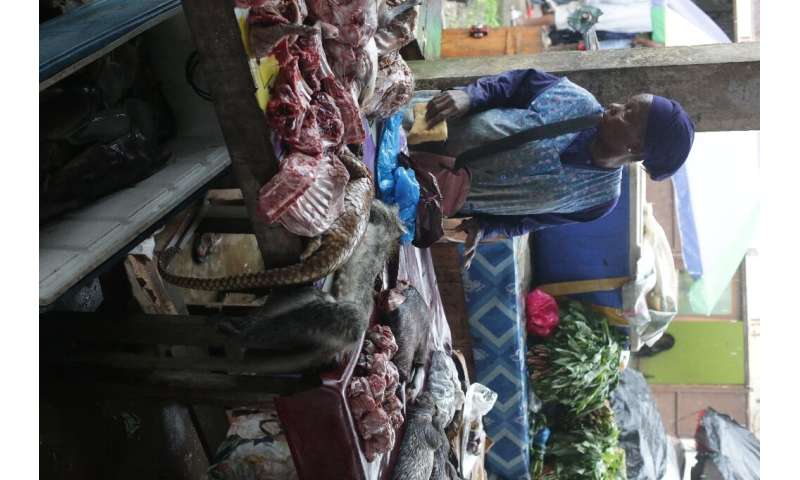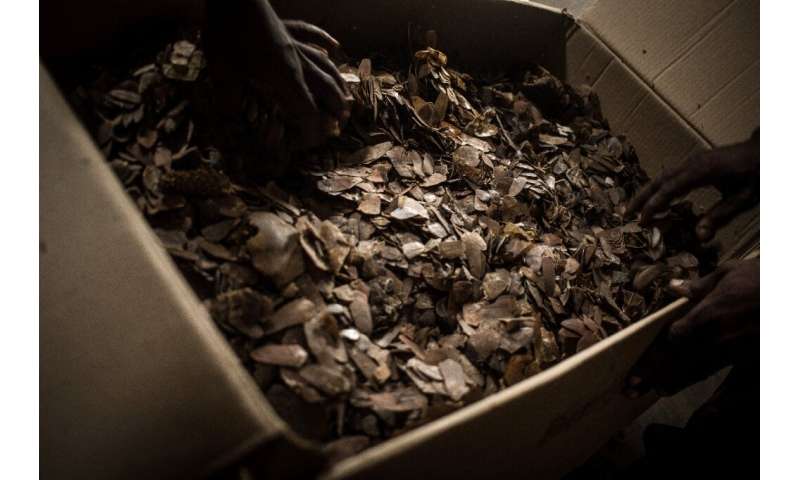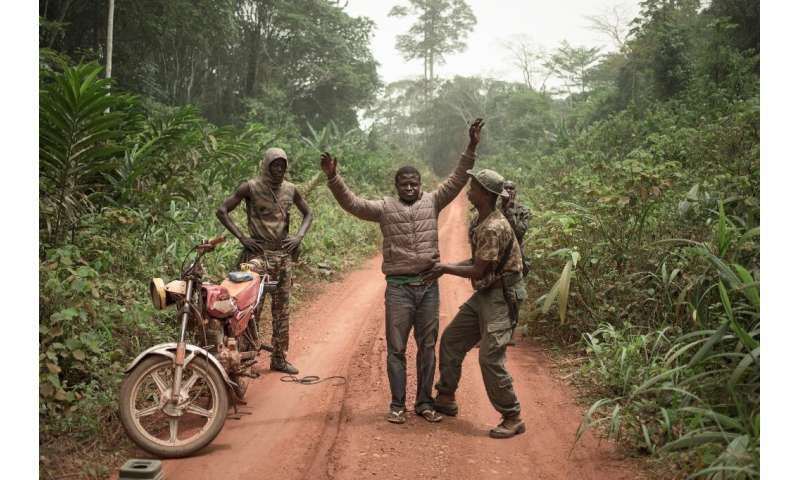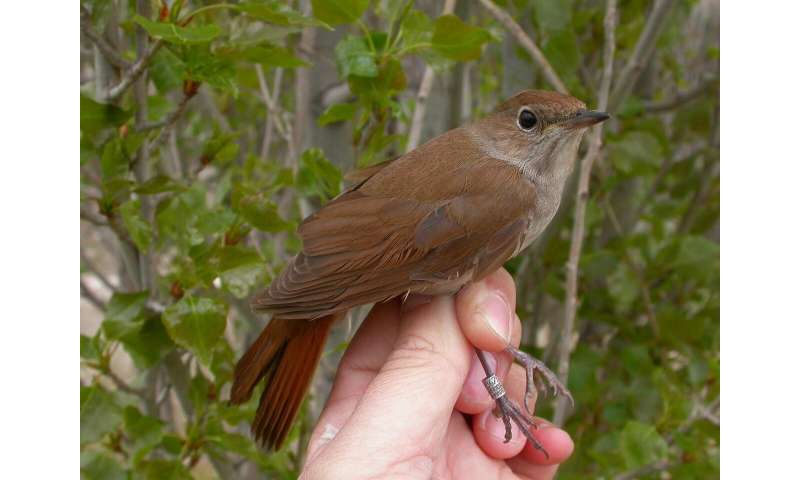Police officers' views before and after Ferguson counter accuracy of 'Ferguson Effect'

The Ferguson Effect is the idea that increased public criticism and distrust of police following the 2014 shooting of Michael Brown in Ferguson, Missouri, lowered police morale, which caused officers to withdraw from proactive policing and boosted the crime rate in major U.S. cities. A new longitudinal study examined whether this effect was real. The study, of law enforcement officers before and after Ferguson, found little support for the concept, though it did identify a reduction in officers' job satisfaction and an increase in their cynicism.
The study, by researchers at the University of South Florida, appears in Criminology & Public Policy, a publication of the American Society of Criminology.
"Post-Ferguson protests in 2014 did not appreciably worsen police morale, nor did they lead to substantial withdrawal from most police work," notes Chris Marier, a Ph.D. student at the University of South Florida, who led the study. "This suggests that the institution of policing is resilient to external shocks and that criticism of police is not detrimental to policing or public safety."
To examine the veracity of the Ferguson Effect, researchers examined whether widespread criticism of and protests against police following the police-related deaths of Brown and other Black men in late 2014 and early 2015 reduced police morale and led to de-policing (a slowdown of or withdrawal from proactive work, in which police perform their duties but reduce their productivity and efficiency). The researchers also examined whether low morale among police officers was associated with de-policing.
The study examined 18,413 surveys of law enforcement officers in 87 police departments across the United States before and after Brown was shot in Ferguson, a nationally representative sample. Morale was measured by survey items reflecting job satisfaction, burnout, and cynicism. De-policing was measured as a reduction in foot patrols, attendance at community meetings, and the number of citations issued.
The researchers found that after Ferguson, officers were significantly less satisfied with their jobs and more burned out than they were before Ferguson, but the before and after differences were negligible in size. The study also found statistically significant differences between officers' responses before and after Ferguson on several measures of cynicism, but two of the five measures showed improved rather than worsened attitudes, and the magnitude of change was insubstantial.
In addition, while officers surveyed after Ferguson issued fewer citations and conducted fewer foot patrols, the changes were very small in magnitude, suggesting that commitment to proactive community policing remained largely unchanged.
The authors suggest that because low job satisfaction was associated with fewer citations, and cynicism was associated negatively with both the number of citations issued and the rate of attendance at community meetings, police departments need to address officers' attitudes in order to promote proactive policing and community engagement. In fact, they suggest that officers' cynicism, which was high before and after Ferguson, may be an enduring cultural element that merits further attention at any time of stress.
"Although we didn't find strong evidence of de-policing following Ferguson, our results indicate that low morale is associated with reduced police activity by officers," says Lorie Fridell, a professor of criminology at the University of South Florida, who coauthored the study. "Police administrators must address officers' cynicism and distrust regardless of current public sentiment. The implications of our findings extend beyond the Ferguson Effect to a more general understanding of police culture."
The study's authors note a few limitations: First, officers who were most affected by post-Ferguson protests may have been those least likely to respond to the survey, which may mean that the study's results underestimate changes in morale and police activity over time. But officers who felt most aggrieved may have been more likely to respond, which may overestimate changes. And some officers may have provided responses they thought were socially desirable, avoiding responses that appeared unprofessional or unappealing.Despite general support for police use of body-worn cameras, impacts may be overestimated
More information: Marier, Christopher J. and Lorie A. Fridell. Demonstrations, Demoralization, and Depolicing. Criminology and Public Policy. (2020)
Provided by Crime and Justice Research Allia
